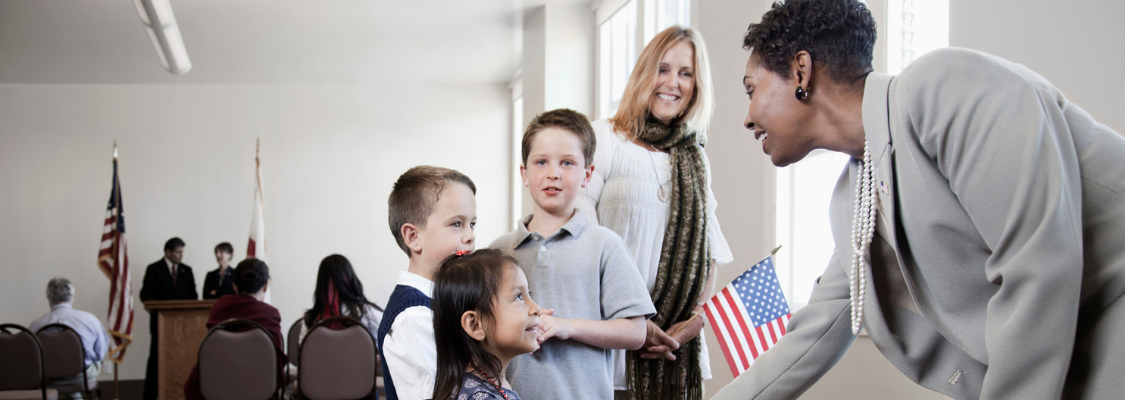Lesson 2: Why Do We Have Leaders? (Grades: K-3)
Learning Objectives:
- Students will understand why leaders are important.
- Students will understand what a leader experiences.
Think Deeply:
What would your school be like if no one was in charge? What would your classroom be like? What would the city be like?
Lesson Plan:
- Choose a student to lead the class in a game of Simon Says. If desired, play several rounds of the game and switch leaders.
- When the game is finished, ask the students:
- How did you know what actions to perform?
- What would the game be like without a leader?
3. Have the students work with a partner to brainstorm what leaders they know or have heard of (parents, teachers, coaches, principals, pastors or priests, government leaders, etc.). Allow them to share their ideas with the class and make a list on the board. Then, pose the following questions for discussion:
- Why are these leaders important?
- What would happen if your school didn’t have leaders? What about your city?
4. Using the graphic organizer for this lesson, invite students to read the article together as a whole class or individually.
First and Second Grade:
- For second grade classes, you can decide whether or not you want your students to complete the “following the leader” activity directly below or the obstacle course activity in the “Grade 3” section.
- Take the students outside or into the gym. Choose one student to be the leader. Instruct the other students to line up behind the leader. If you have a larger class, divide it into two or three smaller lines with individual leaders.
- Tell the leader(s) that they can walk, run, hop, or move around the space in any way that they want. They can also wave their arms, sway back and forth, or move their body in another fashion as they proceed.
- Instruct the other students to follow their leader and match their movements as closely as they can.
- Switch the leader(s) every few minutes.
3. Bring the class back together. Then, have a class discussion about the following questions:
- What did you like about following the leader?
- What would have happened if your leader decided to stop?
- Why is it important to have a leader?
4. Using the graphic organizer for this lesson, invite students to read the article together as a whole class or individually.
- For first grade classes, have the students take out a piece of paper and copy the sentence, “We need leaders.” For second graders, ask them to fill in the blank in the sentence, “We need leaders to __________.”
Third Grade:
- Set up several short obstacle courses using cones, hula hoops, chairs, etc., in the gym or on the playground
- Divide the class into the same number of groups as the number of obstacle courses that you have prepared.
- Blindfold all but one of the students in each group. Explain that the unblindfolded student is the leader of the group.
- Instruct the teams to listen carefully to their leader’s directions to get safely to the end of their course.
- Tell the leader that they have to be very specific in their directions so that they can guide the students safely through the obstacle course.
- Allow each leader to explain how to proceed through the course to the first student in their group.
- When the first student in each group completes the course, instruct them to remove their blindfold and take over the leader role. As before, have the new leader explain how to proceed through the course to the next student in their group. Repeat until all of the team members have completed the course.
- When the final student in each group completes the course, instruct their team members to put their blindfolds on again. Ask the final student (the new leader) to quickly rearrange some of the obstacles in the course, then guide the first student through the new course. As before, repeat the process of switching leadership when each student completes the course.
- Using the graphic organizer for this lesson, invite students to read the article together as a whole class or individually.
- Have a class discussion.
- What did your leader do that helped you the most?
- What do you wish that your leader would have done differently?
- In this activity, how important was it to have someone lead you?
- Have the students write a sentence or two about why leaders are important.

